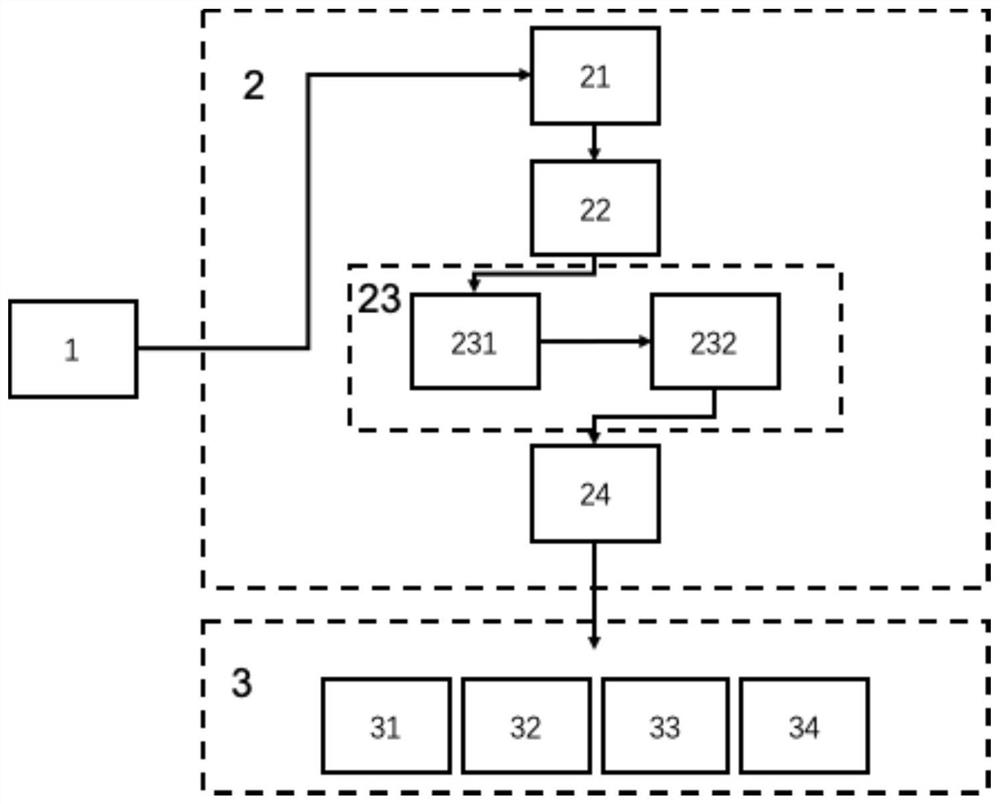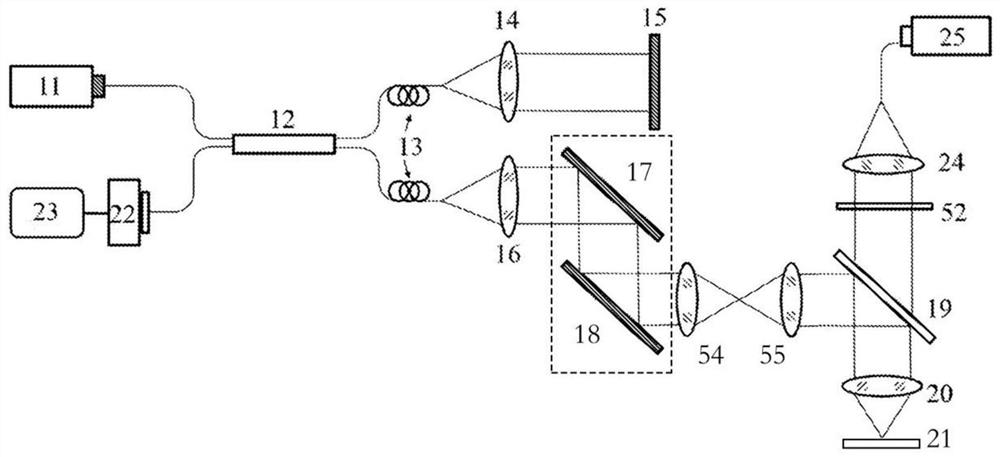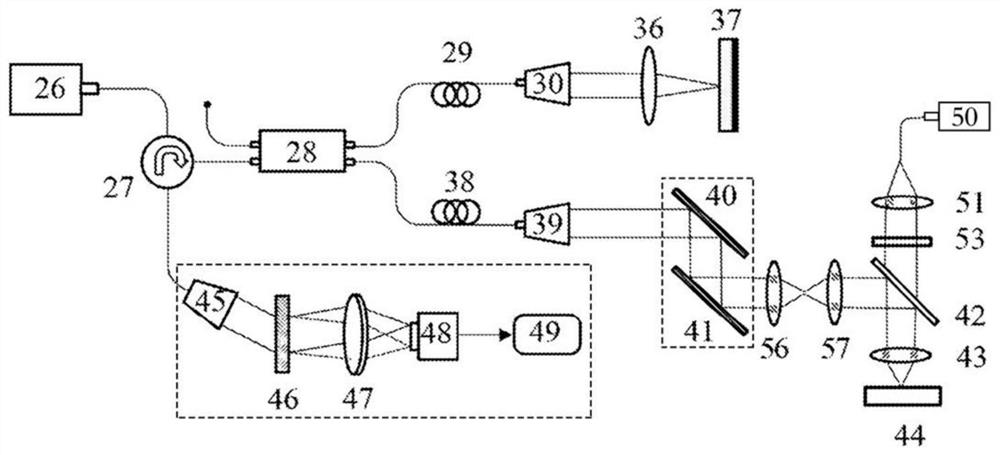Micro blood flow image segmentation quantification method and system based on multi-dimensional feature space
An image segmentation and multi-dimensional feature technology, applied in the field of biomedical imaging, can solve the problems of lack of theoretical support, complex calculation, low motion contrast, etc., to achieve the effect of improving visibility
- Summary
- Abstract
- Description
- Claims
- Application Information
AI Technical Summary
Problems solved by technology
Method used
Image
Examples
Embodiment Construction
[0057] Specific embodiments of the present invention will be described in detail below in conjunction with the accompanying drawings, which form a part of the present invention. It should be noted that these descriptions and examples are illustrative only, and should not be construed as limiting the scope of the present invention. The protection scope of the present invention is defined by the appended claims, and any changes based on the claims of the present invention are It is the protection scope of the present invention.
[0058] figure 2 Shown is a schematic structural diagram of an acquisition device of the ID space-based OCT angiography technique in the present invention. The main structure of the low-coherence interferometric part of the device is an interferometer, which is composed of 11-23. The light emitted by the light source 11 is divided into two beams by the beam splitter 12: one beam of light enters the reference arm of the interferometer through a polariz...
PUM
 Login to View More
Login to View More Abstract
Description
Claims
Application Information
 Login to View More
Login to View More - R&D
- Intellectual Property
- Life Sciences
- Materials
- Tech Scout
- Unparalleled Data Quality
- Higher Quality Content
- 60% Fewer Hallucinations
Browse by: Latest US Patents, China's latest patents, Technical Efficacy Thesaurus, Application Domain, Technology Topic, Popular Technical Reports.
© 2025 PatSnap. All rights reserved.Legal|Privacy policy|Modern Slavery Act Transparency Statement|Sitemap|About US| Contact US: help@patsnap.com



